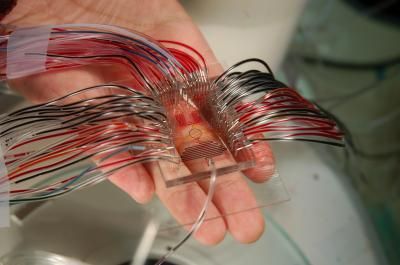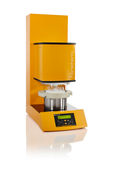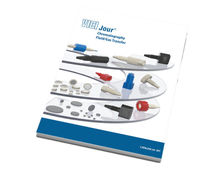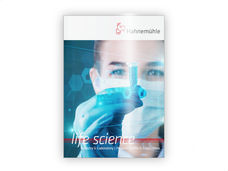New technique enables drugs tests via exhaled breath
A new study from Karolinska Institutet presents a new technique that makes drug testing possible through exhaled air for the first time. By examining people who had received emergency care for an amphetamine overdose, the researchers found that in all cases there were traces of amphetamine and metamphetamine in the exhaled breath.
“Traditionally, drugs tests have been carried out using urine and blood samples,” says Professor Olof Beck, who led the study. “In recent years we’ve been trying to find simpler alternatives using saliva, which, unfortunately, has proved difficult. Our results open the way for a new kind of drugs test, which is simple and safe to conduct and that requires no integrity-violating monitoring or medical staff.”
Drug abuse is a huge social problem and drugs tests are used widely and comprehensively by the healthcare and social services, the legal system, at workplaces and schools. Reliable drugs tests are important for making correct diagnoses and for keeping tabs on drug users to ensure that they are following their prescribed treatment. Alcohol use can easily be checked in a breathalyser, and the technology is available for conducting measurements in a way that does not violate a person’s integrity. Measurements of other substances in the exhaled breath are also available for diagnosing diseases such as cancer, asthma and diabetes.
In this present study, which is published in The Journal of Analytical Toxicology, scientists at Karolinska Institutet have developed a new and unique method for collecting narcotic substances from the exhaled breath. This they did by asking subjects to breathe into a specially designed mask for ten minutes, whereupon the exhaled air was collected and passed through a filter, which trapped the narcotic substances. These filters were then analysed using combined liquid chromatography and tandem mass-spectrometry, techniques that are highly sensitive and reliable.
The researchers took samples from 12 patients who had been admitted into emergency care with toxic symptoms after having taken amphetamines. The samples were taken after the effects of the drug had worn off and with the permission of the regional ethical review board in Stockholm. The ingestion of the drug was confirmed in the patient group through urine and blood samples. In all cases, the researchers were able to ascertain the presence of amphetamine and metamphetamine (a narcotics-classed central-stimulating substance similar to amphetamine) in the exhaled breath as well. The measured excretion rate was between 0.2 and 139 pg/min, which is very low compared to the blood and urine. No amphetamine or metamphetamine were detected in samples from healthy controls.
“The results are convincing and very promising,” says Professor Beck. “The study is the first to report the possibility of measuring drugs in the exhaled breath, and represents a unique, unexpected finding. We now have to move on to other drugs that are of interest for this type of breath test, and to develop the sampling and analysis methods. An instrument like a breathalyser for drugs would be the optimal solution for the efficient control of drug use by motorists, for example.”
The study was conducted by researchers at the clinical pharmacology division of the Department of Medicine, Solna and at the Psychiatry Unit at the Department of Clinical Science, Karolinska Institutet, and was financed by Vinnova (the Swedish Governmental Agency for Innovation Systems), the Stockholm County Council and the Swedish Research Council.
Original publication: Olof Beck, Kathinka Leine, Göran Palmskog & Johan Franck; "Amphetamines Detected in Exhaled Breath from Drug Addicts: A New Possible Method for Drugs-of-Abuse Testing"; Journal of Analytical Toxicology 2010, Vol. 34, Number 5, pages 233-237.
Most read news
Topics
Organizations
Other news from the department science
These products might interest you

Get the analytics and lab tech industry in your inbox
By submitting this form you agree that LUMITOS AG will send you the newsletter(s) selected above by email. Your data will not be passed on to third parties. Your data will be stored and processed in accordance with our data protection regulations. LUMITOS may contact you by email for the purpose of advertising or market and opinion surveys. You can revoke your consent at any time without giving reasons to LUMITOS AG, Ernst-Augustin-Str. 2, 12489 Berlin, Germany or by e-mail at revoke@lumitos.com with effect for the future. In addition, each email contains a link to unsubscribe from the corresponding newsletter.
Most read news
More news from our other portals
See the theme worlds for related content
Topic World Mass Spectrometry
Mass spectrometry enables us to detect and identify molecules and reveal their structure. Whether in chemistry, biochemistry or forensics - mass spectrometry opens up unexpected insights into the composition of our world. Immerse yourself in the fascinating world of mass spectrometry!

Topic World Mass Spectrometry
Mass spectrometry enables us to detect and identify molecules and reveal their structure. Whether in chemistry, biochemistry or forensics - mass spectrometry opens up unexpected insights into the composition of our world. Immerse yourself in the fascinating world of mass spectrometry!
Topic World Chromatography
Chromatography enables us to separate, identify and thus understand complex substances. Whether in the food industry, pharmaceutical research or environmental analysis - chromatography opens up a treasure trove of information about the composition and quality of our samples. Discover the fascinating world of chromatography!
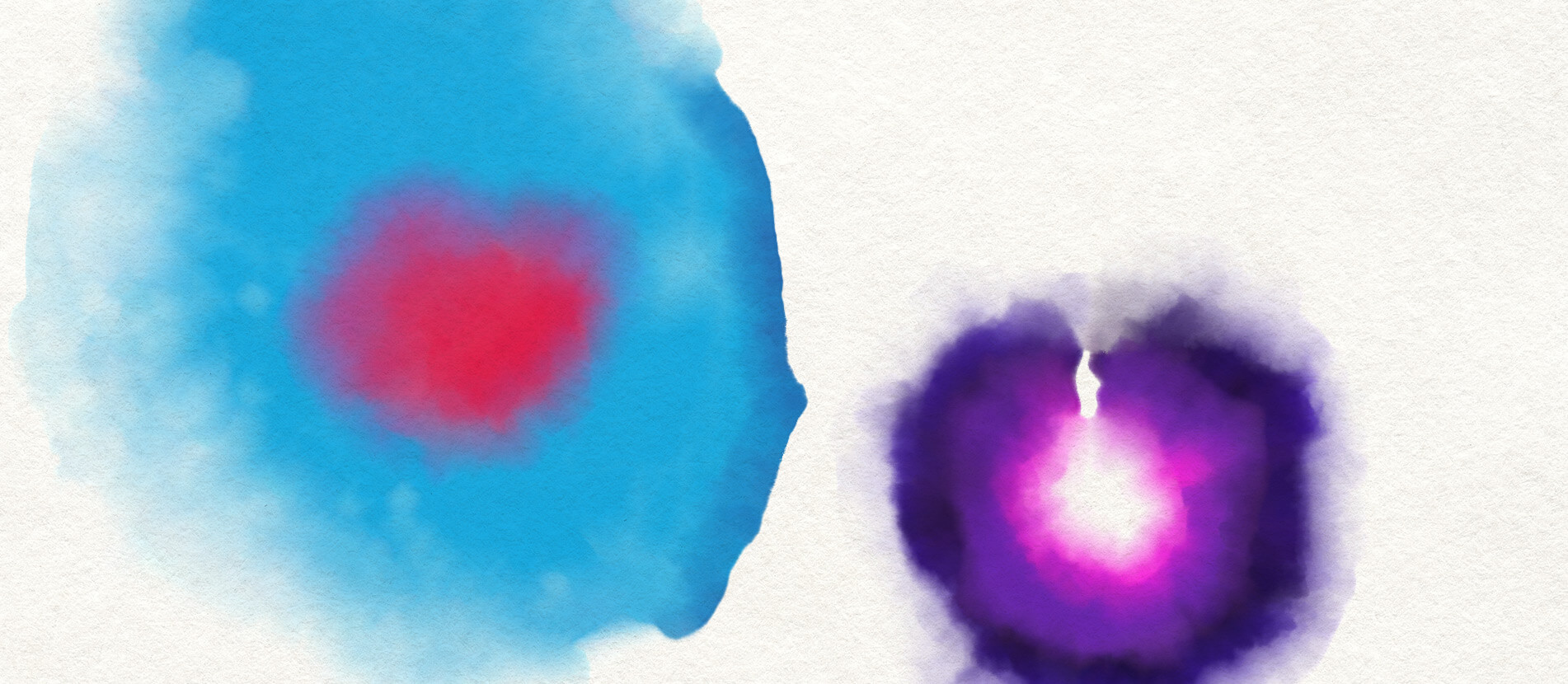
Topic World Chromatography
Chromatography enables us to separate, identify and thus understand complex substances. Whether in the food industry, pharmaceutical research or environmental analysis - chromatography opens up a treasure trove of information about the composition and quality of our samples. Discover the fascinating world of chromatography!
